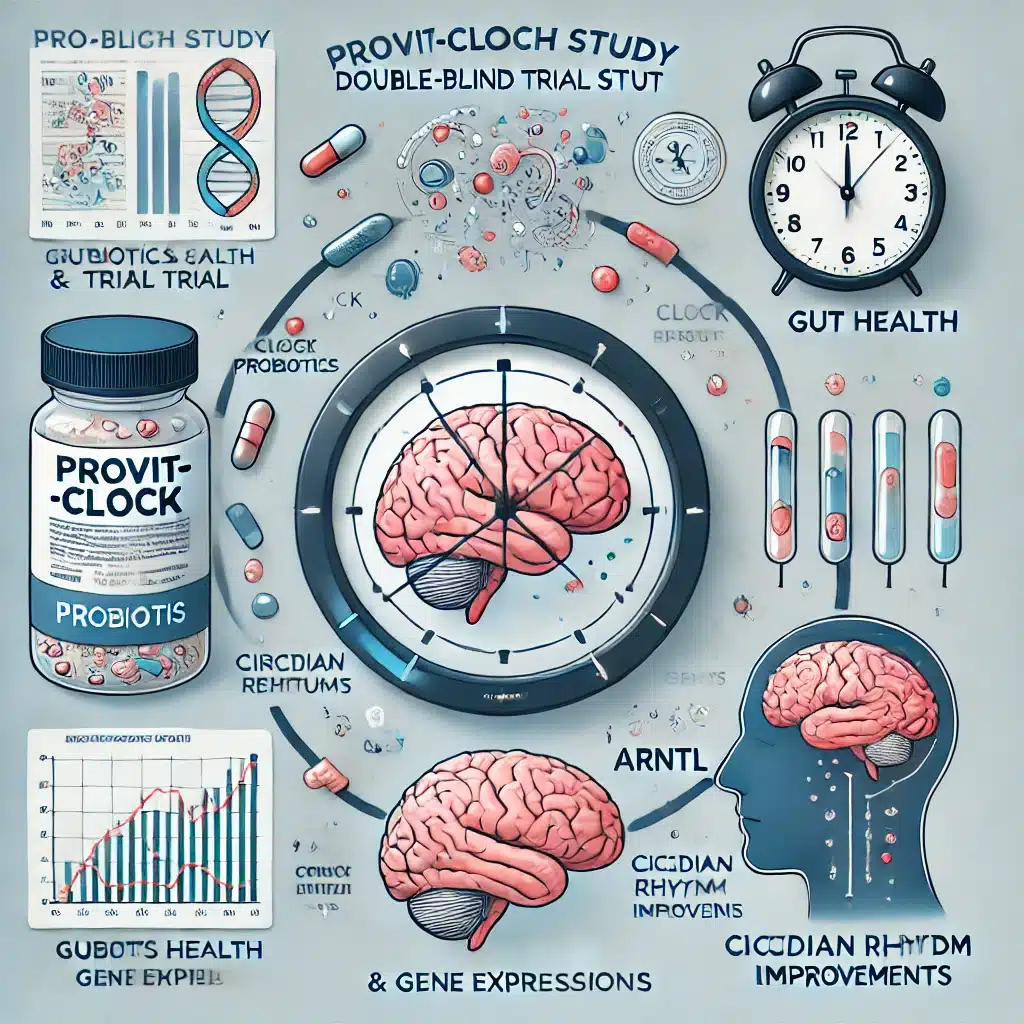A recent study identified that young autistic children with lower clinical severity and greater eye contact are more likely to respond positively to intranasal oxytocin treatment.
Highlights:
- Response Rate: 61.5% of one identified autism subtype responded to oxytocin, compared to only 13.3% of the other subtype.
- Predictive Measures: Baseline measures of lower initial clinical severity (ADOS-2) and greater interest in the eye-region of emotional faces were key predictors of positive response to oxytocin.
- Objective Assessments: Two objective assessments (ADOS-2 and eye-tracking) involving 7 measures were effective in identifying oxytocin responders.
- Post-Treatment Improvements: The oxytocin-sensitive subtype showed significant improvements in clinical symptoms and eye-tracking measures after treatment.
- Subtyping Utility: This data-driven approach can help rapidly and objectively screen for oxytocin responders, potentially leading to more successful and individualized treatment strategies.
Source: Translational Psychiatry (2024)
Major Findings: Intranasal Oxytocin for Autism Subtype in Children (2024)
Zhao et al. used a data-driven clustering approach to classify autism subtypes and evaluated whether these subtypes could predict which children would respond positively to a 6-week intranasal oxytocin treatment.
1. Oxytocin Response Rate by Subtype
Finding: The study discovered that 61.5% of one autism subtype showed a positive response to intranasal oxytocin treatment, whereas only 13.3% of the other subtype did.
This significant difference suggests that not all autistic children respond equally to oxytocin. Identifying which children belong to the more responsive subtype can help tailor treatments more effectively, avoiding a one-size-fits-all approach.
This responsive subtype was characterized by specific behavioral and clinical features that could be identified before treatment.
2. Predictive Baseline Measures
Finding: Two main baseline characteristics were strong predictors of a positive response to oxytocin: lower initial clinical severity and greater interest in the eye-region of emotional faces.
Clinical severity was measured using the Autism Diagnostic Observation Schedule (ADOS-2), while interest in the eye-region was assessed through eye-tracking technology.
Children who scored lower on the severity scale and showed more interest in people’s eyes were more likely to benefit from the oxytocin treatment.
These measures are relatively easy to administer and can provide valuable insights into which children are more likely to respond to the treatment.
3. Objective Assessments for Screening
Finding: The study identified that two objective assessments—ADOS-2 and eye-tracking—were particularly effective in predicting oxytocin responders, involving a total of 7 specific measures.
The ADOS-2 provided detailed scores on social affect and repetitive behaviors, while eye-tracking measured how much time children spent looking at different parts of emotional faces (e.g., eyes, nose).
These measures allowed for the identification of two distinct subtypes of autism, one of which was more responsive to oxytocin. This suggests that these simple, non-invasive tests can be used to quickly screen for potential responders.
4. Improvements Post-Treatment
Finding: The oxytocin-sensitive subtype showed significant improvements in clinical symptoms and eye-tracking measures after the treatment.
Children in the responsive subtype exhibited reduced autism severity, better adaptive behaviors, and increased attention to social stimuli.
Specifically, they spent more time looking at the eyes of angry faces and the nose of neutral faces, indicating a change in social processing.
These improvements were not observed in the non-responsive subtype, highlighting the effectiveness of the treatment for certain children.
5. Utility of Subtyping Approach
Finding: The data-driven approach to identifying autism subtypes can help rapidly and objectively screen for oxytocin responders, making treatment more personalized and potentially more effective.
By using unsupervised clustering analysis, researchers were able to group children into subtypes based on 23 different measures, such as demographic data, clinical assessments, and eye-tracking results.
This method identified the most responsive children and provided a framework for future studies to use similar techniques to enhance treatment strategies.
This approach moves towards more individualized medicine, where treatments are tailored to the specific characteristics of each child, improving outcomes and reducing unnecessary interventions.
Study Details: Autism Spectrum Disorder Subtypes vs. Oxytocin Treatment (2024)

Sample
- Participants: 41 children diagnosed with Autism Spectrum Disorder (ASD).
- Demographics: Mean age of 5.0 years (±1.3), including 3 girls.
- Inclusion Criteria: Aged 3-8 years. Diagnosed with ASD based on DSM-5 and ADOS-2 criteria. No chromosomal abnormalities, neurological diseases, or severe sensory impairments.
Methods
- Design: Double-blind, placebo-controlled, cross-over clinical trial.
- Intervention: Intranasal oxytocin (24IU) every other day for 6 weeks, followed by 30 minutes of positive social interaction. Placebo administered similarly.
- Primary Measures: ADOS-2 total and subscale scores, Social Responsivity Scale-2 (SRS-2).
- Secondary Measures: Adaptive Behavior Assessment System (ABAS-II), Social Communication Questionnaire (SCQ), Repetitive Behavior Scale-Revised (RBS-R), caregiver strain (CSQ), and eye-tracking tasks.
- Biological Sampling: Blood and saliva samples for oxytocin concentration measurement.
- Analysis: Unsupervised k-means clustering of 23 baseline measures to identify autism subtypes. Reliable Change Index (RCI) to evaluate treatment response. Ablation analysis to determine the contribution of each measure to subtype identification.
Limitations
- Sample Size: The study involved a relatively small sample of 41 children, which may limit the generalizability of the findings.
- Validation: The findings need external validation with independent data, which is currently challenging due to the lack of similar publicly available datasets.
- Specificity: The study’s inclusion criteria and measures were stringent, which may not encompass the full spectrum of ASD severity and characteristics found in broader populations.
- Treatment Context: Positive social interactions following treatment may have influenced the outcomes, making it difficult to isolate the effects of oxytocin alone.
How Intranasal Oxytocin May Treat Certain Subtypes of Autism in Children

1. Enhancement of Social Cognition
Mechanism: Oxytocin is known to facilitate social cognition, including the ability to recognize and interpret social cues such as facial expressions and eye contact.
Details: In children who are more responsive to oxytocin, the hormone may enhance neural pathways involved in social processing, leading to improved attention to social stimuli and better understanding of social interactions. This could explain why children with greater initial interest in the eye-region of faces responded better to the treatment.
2. Reduction of Anxiety & Stress
Mechanism: Oxytocin has anxiolytic (anxiety-reducing) properties, which may help reduce social anxiety and stress in autistic children.
Details: By lowering anxiety levels, oxytocin may make social interactions less intimidating and more rewarding for children with autism. This reduction in stress could facilitate more positive social behaviors and engagement with others, particularly in those who initially have lower clinical severity.
3. Modulation of Emotional Processing
Mechanism: Oxytocin can modulate the brain’s emotional processing centers, such as the amygdala, which is involved in the response to social and emotional stimuli.
Details: For children who show a greater interest in emotional faces, oxytocin may enhance their ability to process and respond to these stimuli more appropriately. This can lead to better emotional regulation and a decrease in behaviors related to social withdrawal or avoidance.
4. Improvement in Adaptive Behaviors
Mechanism: Oxytocin may improve adaptive behaviors by enhancing the neural circuits involved in social learning and memory.
Details: By facilitating the encoding and recall of social information, oxytocin could help children with autism learn and adopt more appropriate social behaviors over time. This improvement in adaptive behaviors was observed in the study as children showed better performance in tasks requiring social interaction.
5. Facilitation of Positive Social Interactions
Mechanism: Oxytocin is released naturally during positive social interactions, reinforcing social bonding and cooperation.
Details: In the study, oxytocin treatment was followed by periods of positive social interaction, which may have synergistically enhanced the effects of the hormone. This combination could promote a cycle of improved social skills and increased social engagement, particularly benefiting children who already have some social capabilities.
6. Neuroplasticity & Synaptic Changes
Mechanism: Oxytocin may promote neuroplasticity, the brain’s ability to reorganize itself by forming new neural connections.
Details: Enhanced neuroplasticity can lead to long-term improvements in social behaviors and cognitive functions. For children in the responsive subtype, oxytocin might facilitate the development of new synaptic connections in brain regions involved in social cognition, leading to sustained improvements in social interactions.
Conclusion: Intranasal Oxytocin May Treat Autism Subtype
This study highlights the potential of intranasal oxytocin as a targeted treatment for a specific subtype of young autistic children characterized by lower initial clinical severity and greater interest in the eye-region of faces.
By utilizing a data-driven clustering approach, researchers identified two distinct subtypes of autism, with one showing a significantly higher response rate to oxytocin treatment.
These findings suggest that simple, objective measures like ADOS-2 scores and eye-tracking can effectively screen for potential responders, paving the way for more personalized and effective treatment strategies.
However, further research and external validation are necessary to confirm these results and expand the applicability of this approach.
By focusing on individual differences within the autism spectrum, future clinical trials may achieve greater success in improving social and adaptive behaviors, ultimately enhancing the quality of life for autistic children and their families.
References
- Study: A clustering approach identifies an Autism Spectrum Disorder subtype more responsive to chronic oxytocin treatment (2024)
- Authors: Weihua Zhao et al.







